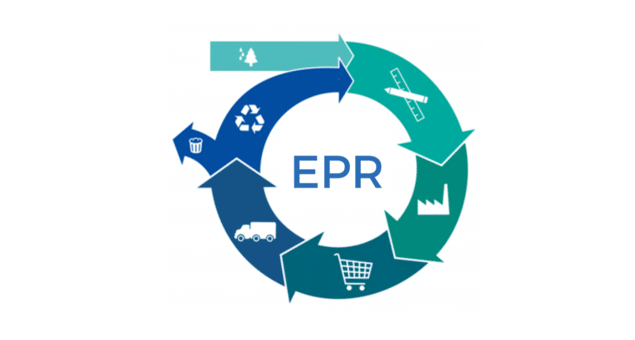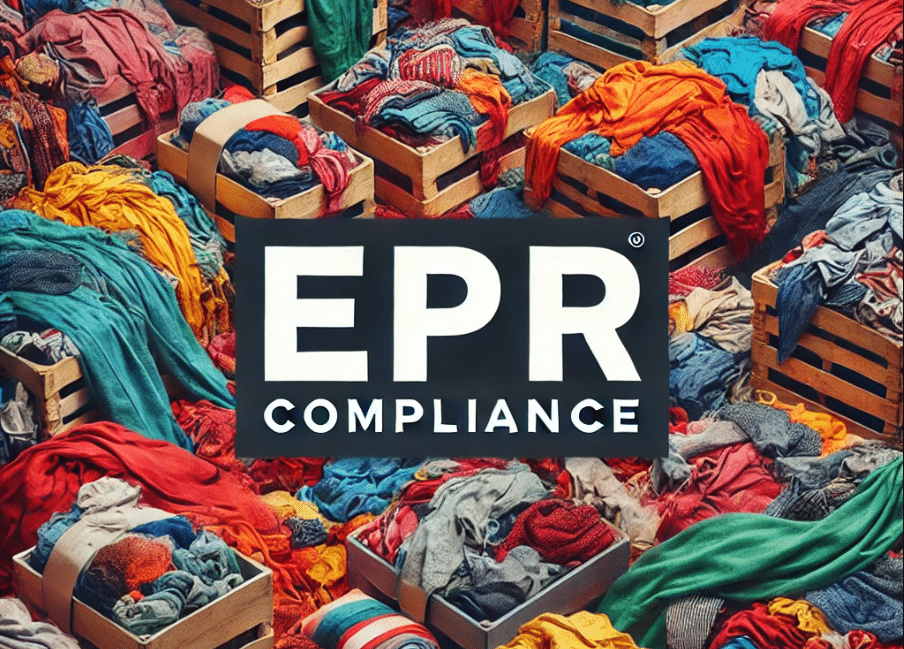Waste & material traceability solution for sustainable facilities

Extended Producer Responsibility (EPR) is reshaping how companies handle their waste obligations. Whether it’s textiles, packaging, or electronics, producers are now expected to track what happens to their products long after they’ve been sold.
But meeting EPR regulations isn’t just about setting up collection programs or outsourcing recycling. As compliance requirements grow more complex, authorities want something else: proof.
And that’s where many companies start to struggle.
In theory, EPR programs aim to ensure that producers take responsibility for their post-consumer waste. In practice, proving that responsibility is fulfilled is far more difficult—especially when the data isn’t there.
Companies often face questions like:
Without answers backed by data, producers risk fines, inaccurate fees, or even suspension from compliance schemes. Legacy systems, paper-based reporting, and spreadsheets simply can’t keep up.
Traceability means more than just tagging bins or weighing waste. It’s about following the journey of materials from the point of sale to their end-of-life treatment — and documenting every step.
Imagine being able to trace packaging collected at a retail drop-off point back to a specific producer. Or knowing the recycling rate for a specific textile fiber by brand. This level of visibility is becoming the standard, not the exception.
The tools that make this possible include QR codes, RFID tags, mobile scanning apps, and centralized data platforms. Together, they close the information loop by connecting collection to compliance, and recovery to reporting.
The biggest risk in EPR today isn’t non-participation — it’s non-verifiable participation.
Many producers are doing the work: setting up return schemes, contracting recyclers, submitting annual reports. But if they can’t prove the outcomes with traceable data, they remain vulnerable to penalties, audits, or fee miscalculations.
Even worse, some may overpay due to poor visibility into what’s actually been recovered.
Traceability helps eliminate these blind spots. With real-time data, producers can monitor performance, validate recycling rates, and build audit-proof documentation. This not only keeps them compliant but also strengthens ESG reporting, investor trust, and supply chain collaboration.
As EPR schemes expand across more materials and countries, traceability will no longer be optional. Producers that rely on manual systems or basic spreadsheets will find it increasingly hard to keep up.
But with the right digital infrastructure in place, compliance becomes easier, faster, and more transparent. Companies gain visibility into recovery performance, reduce dependency on third-party estimates, and stay prepared for evolving regulations.

Evreka’s traceability solutions are already helping companies across textiles, packaging, and electronics meet EPR obligations with confidence. From real-time material tracking to batch-level reporting, we make it possible to turn complex requirements into streamlined operations.
Want to see how it works in practice?
Download our ebook on EPR in the textile industry for invaluable insights into the latest EPR regulations in the EU and innovative waste management solutions.
For more detailed insights into how Evreka’s solutions can enhance your sustainability practices and increase traceability, request a demo.